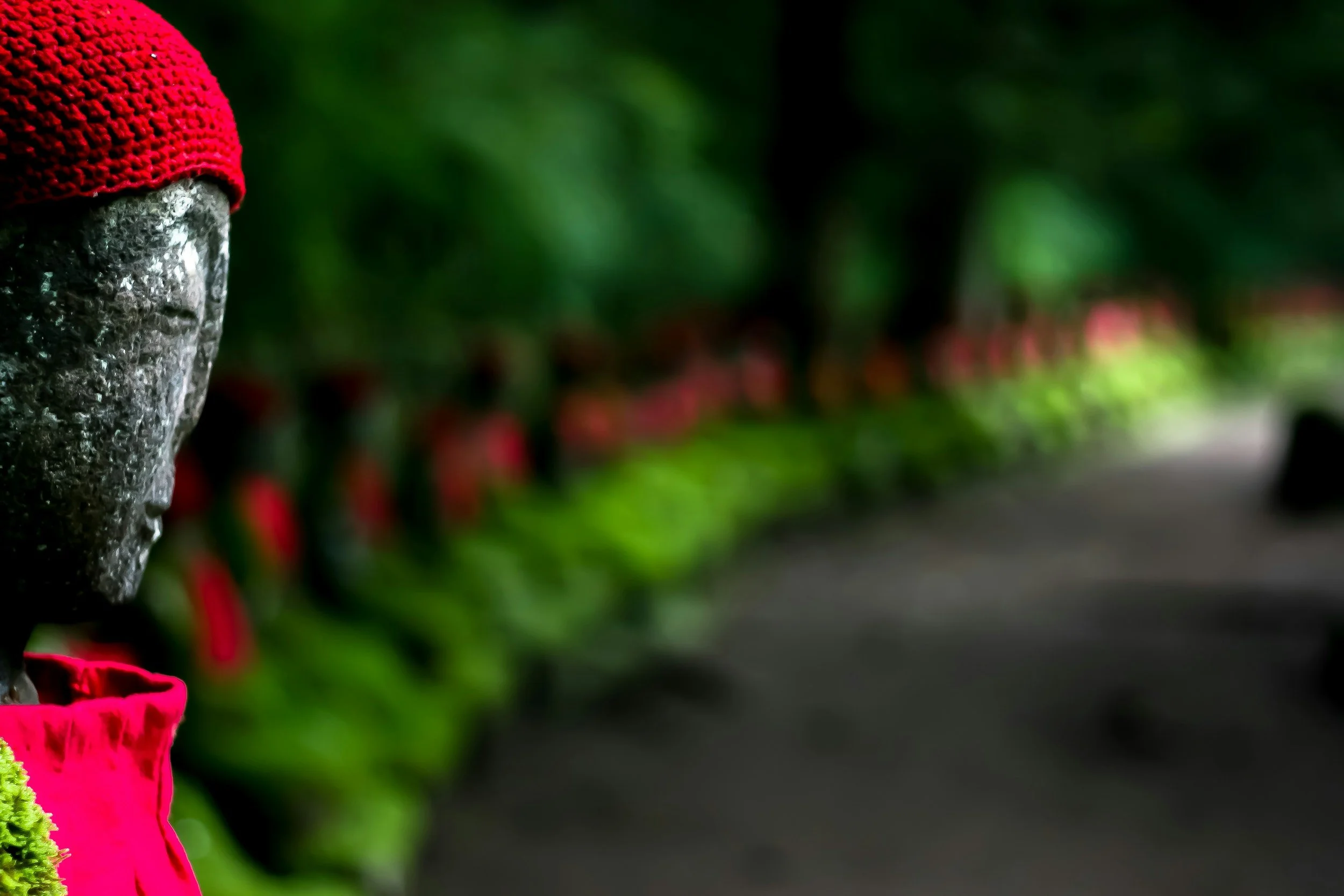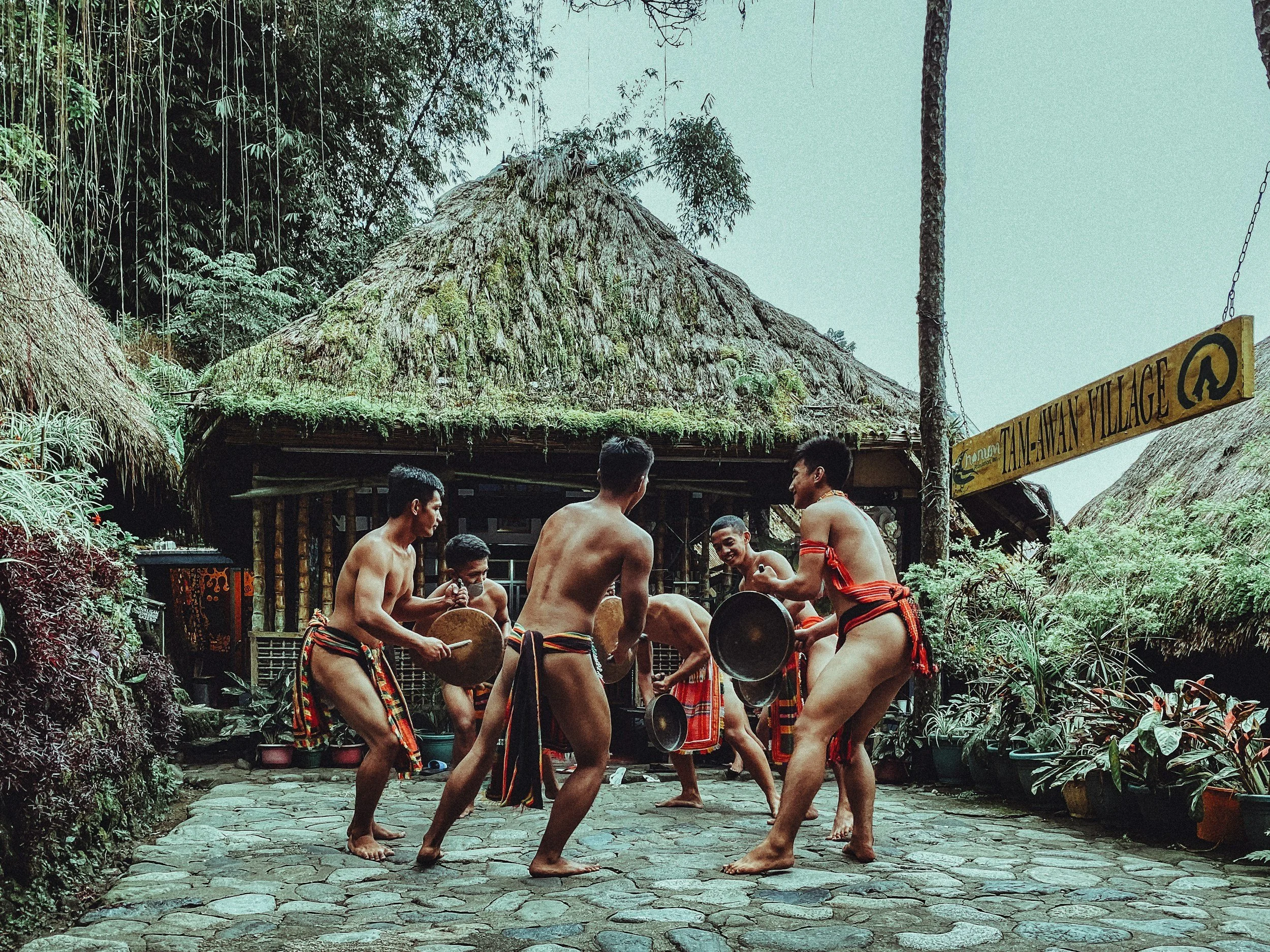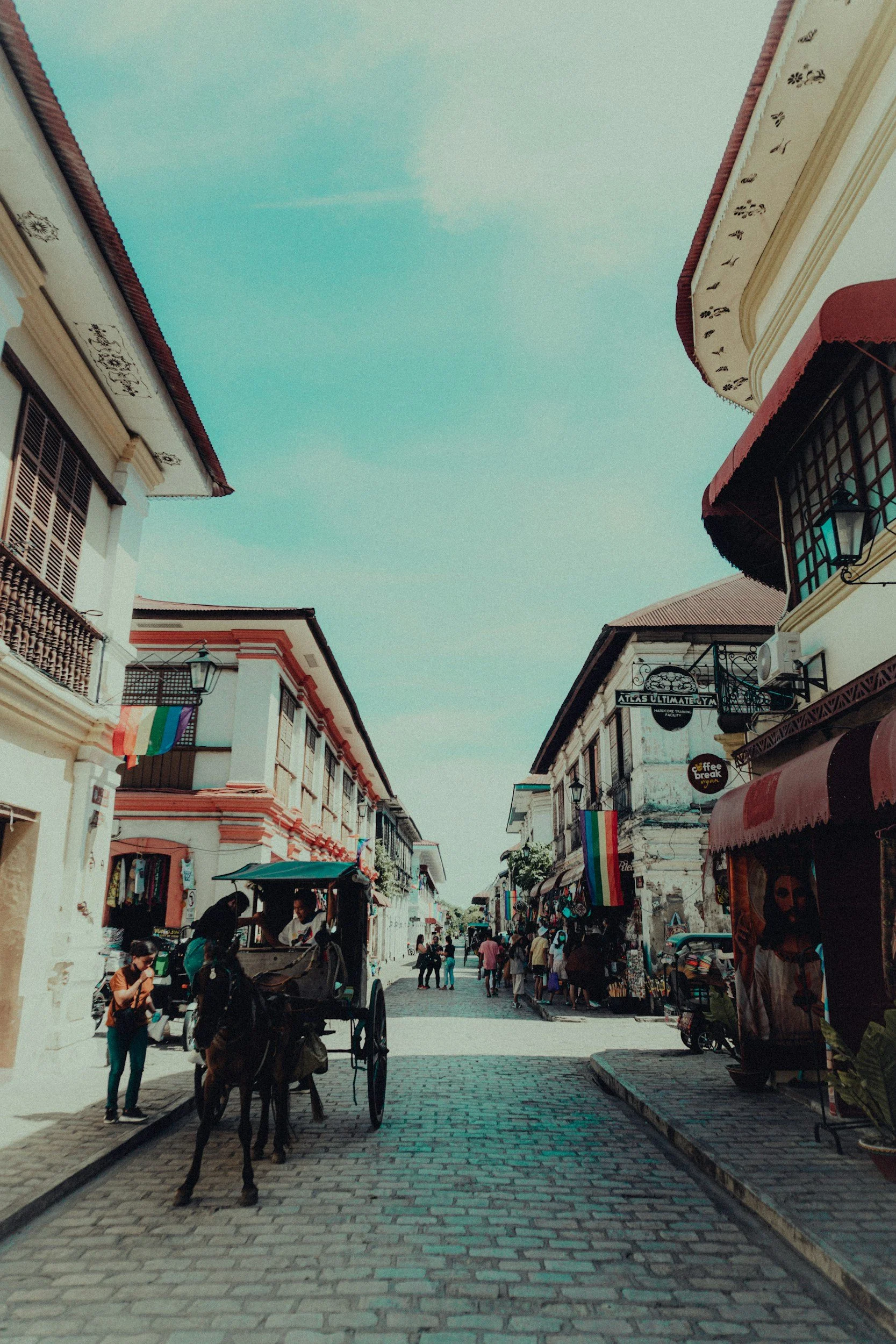
History of the Ilocanos.
“There has been an increasing want among Ilocanos to set themselves apart from the Tagalogs—whose language and other aspects of culture were forced on the rest of the archipelago by Spanish authorities. It was a way of making it easier for colonizers to govern the people. When the United States won the archipelago as a prize in the Spanish-American War, English was forced on the islands for the same reasons. When nationhood finally came to fruition, President Manuel Quezon commissioned a study on which language was most widely spoken in the archipelago. That study concluded that Tagalog would become the national language.”

Brief History.
-
The origins of the Ilocano people are rooted in the broader Austronesian migration, which is the ancient seafaring movement that peopled much of Southeast Asia and the Pacific. Scholars generally agree on a few key points about where the Ilocanos came from and how their culture developed:
-
Archaeological, linguistic, and genetic evidence suggests the Ilocanos descend from Austronesian-speaking peoples who migrated from Taiwan through the Batanes islands and northern Luzon around 4,000–5,000 years ago. They brought with them farming, pottery-making, and seafaring skills. Over time, these early settlers moved into the narrow coastal plains and valleys of what is now the Ilocos region, adapting to its geography.
-
The Ilocos region has a thin strip of arable land between the Cordillera mountains and the South China Sea. Because land was scarce and the soil often rocky, early Ilocano communities became skilled at maximizing limited agricultural space—using irrigation, terracing, and crop rotation. This constant struggle to make the land productive is a major influence on Ilocano values of thrift, hard work, and resourcefulness.
-
Before the arrival of the Spanish in the 16th century, Ilocanos traded with neighboring groups such as the Pangasinense, Ibanag, and Itneg, as well as with Chinese, Japanese, and Southeast Asian merchants. Archaeological finds—like porcelain from China and metal goods from Southeast Asia—show the region’s connection to regional trade networks.
-
When the Spanish arrived in the 1570s, they incorporated Ilocos into their colonial system, introducing Christianity, European political structures, and new crops. The name “Ilocano” comes from “i” (from) + “looc” or “look” (cove or bay), literally meaning “people of the bay or coast.” Over centuries, shared language, geographic identity, and collective experiences under Spanish rule strengthened Ilocano cultural unity.
-
Because of population growth and limited farmland, many Ilocanos migrated southward into Pangasinan, Cagayan Valley, Central Luzon, and later Mindanao. In the early 20th century, thousands migrated abroad—especially to sugarcane plantations in Hawaii—making migration a defining feature of Ilocano history and identity.

Famous Ilocanos.
-
Pedro Bucaneg was blind from birth but this did not stop him from becoming the “Father of Ilocano Literature.”
Bucanag is believed to have dictated the pre-colonial indigenous Ilocano folk epic, Biag ni Lam-ang or Life of Lam-ang, for written posterity.
Like Moses, Bucaneg was found as a newborn floating in a basket in the Banaoang River between Bantay and Vigan villages. He was taken in by the Augustinian missionaries who taught him Latin and Spanish. He learned indigenous Ilocano and Isneg languages, too.
Bucaneg was used by Church officials to translate Scripture and sermons into local languages thus helping to Christianize Ilocanos.
Considered a troubadour poet, he was sought after by both locals and the Spanish aristocrats.
-
A military leader best known for her role as the female leader of the Ilocano independence movement from Spain, Silang fought for an independent Ilocos nation—not a Filipino one.
She took over from her second husband Diego Silang after his assassination in 1763, leading her people for four months before she was captured and executed by the colonial government of the Captaincy General of the Philippines.
Known as La Generala and the Ilocandia Joan of Arc, she is the first woman to lead an independence fight against Spain.
-
José Apolonio Burgos y García was an Ilocano Catholic priest and reformer who was executed by the Spanish colonial authorities in 1872.
He, along with priests Mariano Gómez and Jacinto Zamora, were known collectively as Gomburza, and their execution is considered a pivotal event leading to the Philippine Revolution.
Burgos was a prominent advocate for reforms to Spanish rule in the Philippines. He believed in improving the lives of Filipinos and sought greater autonomy from colonial rule.
Along with Mariano Gómez and Jacinto Zamora, Burgos was accused of inciting a mutiny in Cavite, a claim that is widely considered a fabrication by the Spanish colonial authorities.
The three priests were executed by garrote, a form of strangulation, in Manila. Their deaths were a catalyst for nationalist sentiments and inspired future revolutionaries like José Rizal, who wrote about Burgos in his novel El Filibusterismo.
Burgos' execution left a deep and lasting impact on the Philippines, solidifying his legacy as a martyr of the anti-colonial movement and inspiring countless Filipinos to fight for independence.
-
The Katipunan (KKK) was a secret society plotting against Spanish colonial authority. When it was discovered in 1896, it sparked the Philippine Revolution.
Díaz founded the order alongside Andres Bonifacio, Deodato Arellano, Ladislao Diwa, and Jose Dizon—by way of a blood pact.
A pact between revolutionary Emilio Aguinaldo and the Spanish Governor-General Fernando Primo de Rivera caused the revolutionaries, including Díaz, to be exiled in Hong Kong.
-
A former Roman Catholic priest, the revolutionary of the Philippine Revolution and the Philippine-American War founded a nationalist church.
Aglipay viewed the Catholic Church as too tied to the nation’s colonial powers. He founded the Philippine Independent Church—maintaining the Catholic form of worship.
Pope Pius X attempted to save the situation for the Catholic Church by promising to pardon Aglipay if the new Church returned to Rome.
The new Philippine Independent Church became a part of the worldwide Anglican Communion.
Aglipay ran for president of the U.S. Commonwealth of the Philippines in 1935, losing to Manuel Quezon.
The Supreme Bishop of the Philippine Independent Church received an honorary degree in 1931 from Meadville Theological School in Chicago, Illinois.
Despite the Church’s trinitarian theology, Aglipay himself was a Unitarian.
-
Juan Luna, born in 1857, was a renowned Filipino painter, sculptor, and political activist.
He is best known for his historical and allegorical paintings like the Spoliarium, which won the first gold medal at the 1884 Madrid Exposition of Fine Arts.
In 1892, after marrying Paz Pardo de Tavera, Luna was arrested for killing his wife and mother-in-law after accusing his wife of infidelity.
While acquitted of murder, the incident brought him public scrutiny, though he later played a role in the Philippine revolutionary government in Paris.
He died of a heart attack in Hong Kong on December 7, 1899 en route to the Philippines.
-
A pharmacist turned war general in the Philippine Revolution, Antonio Luna succeeded Artemio Ricarte as leader of the Philippine Army.
Luna is considered one of the fiercest of the revolutionary leaders. However, political jockeying among them led to his assassination—possibly planned by Emilio Aguinaldo—at the age of 32.
The assassination by stabbing shocked both Filipinos and Americans.
U.S. Gen. Frederick Funston said Luna was the “ablest and most aggressive leader of the Filipino Republic.”
U.S. Gen. James Franklin Bell, who famously sent Filipinos to concentration camps, said Luna “was the only general the Filipino army had.”
Philippines Prime Minister Apolinario Mabini said, “If he was sometimes hasty and even cruel in his resolution, it was because the army had been brought to a desperate situation by the demoralization of the soldiers and the lack of ammunitions: nothing but action of rash courage and extraordinary energy could hinder its dissolution.”
Heneral Luna is a major 2015 biopic depicting the heroic life of Luna.
-
Ricarte was a general during the Philippine Revolution against Spain and the Philippine-American War against the U.S.
Considered the father of the Philippine Army, he was the first Chief of Staff of the Armed Forces of the Philippines. However, the current chiefs of staff have origins in the Philippine Army led by the U.S. against Ricarte’s troops.
Ricarte is notable for never having taken an oath of allegiance to the United States government that occupied the Philippines from 1898 to 1946.
-
The 10th President of the Philippines originally from Ilocos Norte. Popularly elected in 1965, he became increasingly authoritarian using a fight against Communism as the reason.
Marcos declared martial law in 1972 and issued a new constitution in 1973. He called his new regime and political philosophy as “constitutional authoritarianism.” He argued it was necessary.
Marcos fled the Philippines to Hawaii when his regime was toppled in the People Power Revolution of 1986. He died in Hawaii before being repatriated to Ilocos Norte.
His son, Ferdinand Marcos, Jr., is the current president of the Philippines—largely elected by young adults who believed that the earlier Marcos Era was more peaceful and prosperous. They did not consider human rights abuses in their support.


